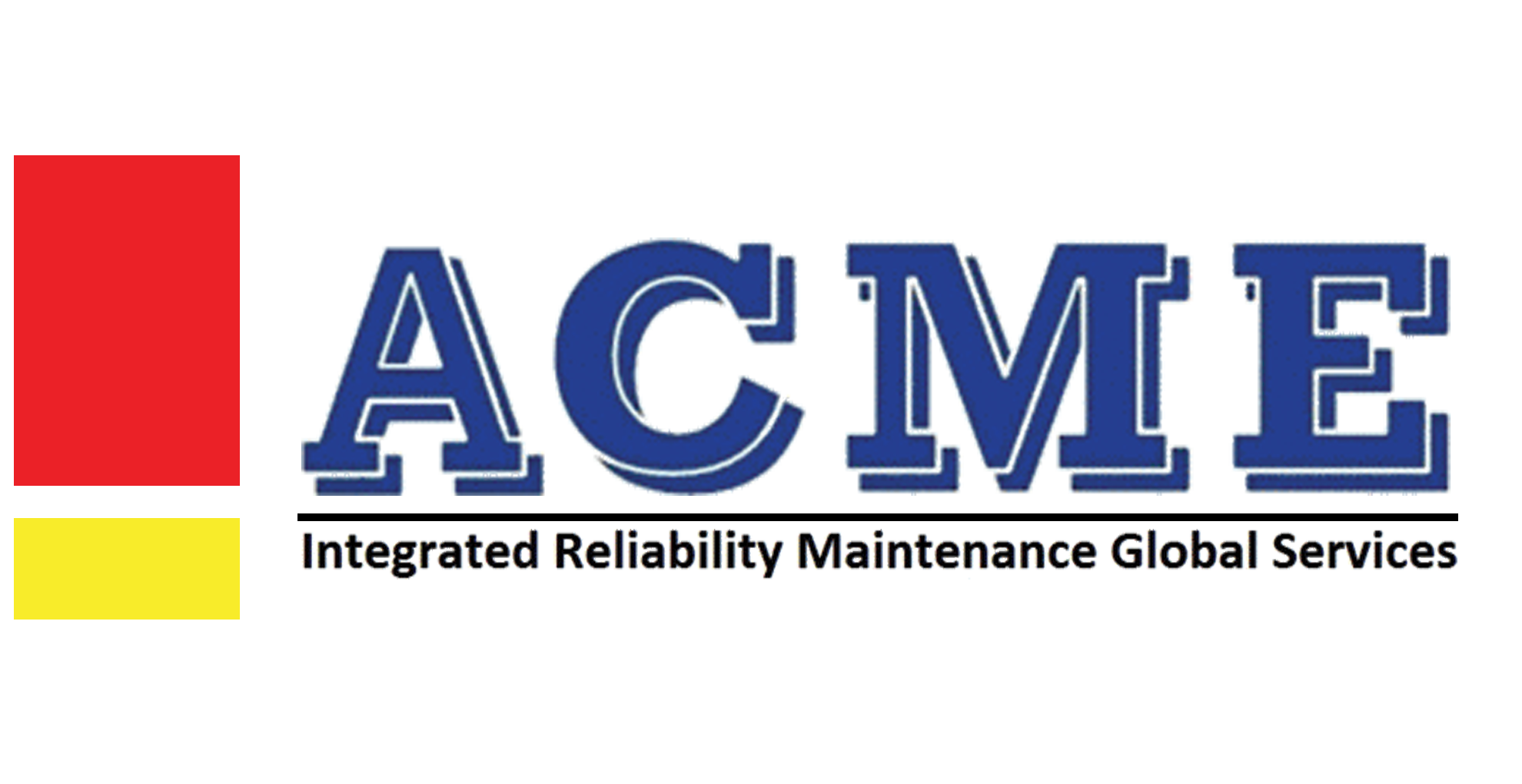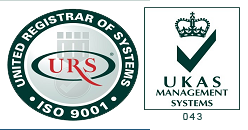Ultrasonic Testing provides a non-invasive predictive maintenance service to industry. Ultrasonic inspection systems respond to the in-audible, or ultrasonic elements of these acoustic emissions. The ultrasonic sound being monitored is sound waves that occur in the 20 to 100 KHz range. The average threshold of human perception is about 17 KHz, making it impossible for early detection of a developing problem without the competent use of an Ultra Probe and it can detect pinhole leaks of as low as 1 psi.
Friction in moving equipment also generates ultrasonic sound. As lubricants break down and bearings wear, serious defects are clearly heard, while subtle defects create noticeable changes in ultrasonic sound levels. These subtle changes indicate that a particular bearing or gearbox is starting to fail. Hence this can also be used as a tool in Condition Monitoring of Machines.
Ultrasonic Testing has a very wide area of application such as Slow speed bearing monitoring, Flaw detection, Vacuum leak, Pressure leaks (air/steam ), Substations, Heat exchangers Electrical discharge (Arcing, Flashing, Corona etc.), Steam traps, Bearing, Gearboxes, Valves etc.
Slow speed Bearing Monitoring:
UT is proved to be very useful in early detection of any fault in case of bearing with very low rpm. It can vibration analysis in several ways.
Electrical Discharges:
Arcing, Flashing and Corona discharges can be confirmed by UT with maximum safety.
Flaw Detection:
Propagation of sound waves through solid materials is used to detect hidden cracks, voids, porosity, and other internal discontinuities in metals, composites, plastics, and ceramics. High frequency sound waves reflect from flaws in predictable ways, producing distinctive echo patterns that can be displayed and recorded by portable instruments.
Flow Measurement:
It is used for determining the flow through pipes. It highly accurate flow solutions to clients who wish to determine and report accurate liquid flow rate without having to halt a process or cut through pipes. A high quality clamp on flow meter should be capable of maintaining accuracy in working in conditions where there are temperature fluctuations in the process and the surrounding environment.
Leak Detection:
About 10% of industrial electricity consumption is used in powering compressed air systems which are safe, reliable and versatile. A compressed air system that has minimal leaks and is energy efficient could save your company a lot of money".
The problem lies in detecting just exactly where, in your system, air leakage is occurring. That's where the use of an ultrasonic leak detector can help. It has been found that typically 20 - 30% of compressed air produced on site is lost through leaks. However, proactive leak detection and repair program can reduce leaks to less than 10% of compressor output.
ADVANTAGES OF ULTRASONIC LEAK DETECTION:-
- Reduced wear and operating costs for compressors.
- Reduced risk of Plant failure due to early fault detection.
- Ability to quickly locate costly leaks reducing waste and downtime.
- Ultrasonic technology detects many problems that cannot be distinguished in the normal audible range due to surrounding background noise.
- Ultrasonic technology is non-destructive and does not adversely affect or interfere with the component, equipment or system being accessed.
- Ultrasonic testing can be performed while equipment is in operation.


